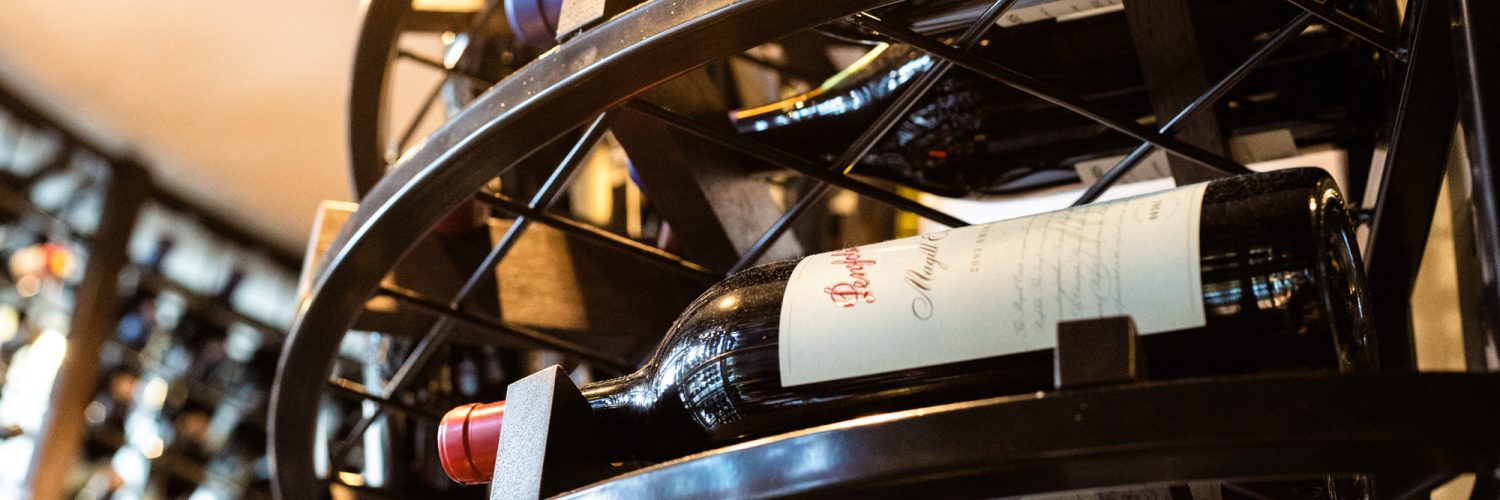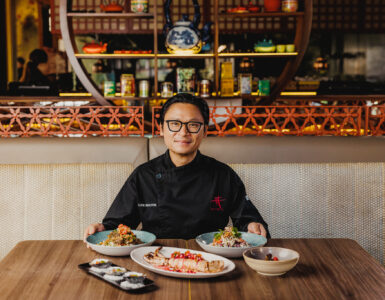Take a sip of Australia’s most celebrated wine
With a history as rich as its shiraz, Penfolds is one of Australia’s oldest and most iconic wineries. In 2018 it celebrated its 175th anniversary – and according to Peter Gago, the chief winemaker at Penfolds, that’s thanks to the brand’s winning ethos.
“Adherence to style is everything at Penfolds,” says Gago, who has been with the company for almost 30 years. “It’s not a formula, but a stylistic template transcending vintage, climatic variation and management. St Henri harks back to the late 1800s. Bins 389, 28 and 2 have had almost six decades of continuous releases without a miss. It’s about refinements, not reaction to fashion and fad.
Put simply, the wine comes first.” Founded in 1844 by English immigrants Dr Christopher Rawson and Mary Penfold, Penfolds began on the slopes of South Australia’s Adelaide Hills. By 1881, it was responsible for one-third of the state’s wine production. However, it wasn’t until 1951, with the development of Grange, that Penfolds garnered global recognition for its signature style, consistency and longevity.
In 2001, while celebrating its 50th birthday, Grange was listed as a heritage icon by the National Trust of South Australia, further cementing Penfolds’ pivotal role in the evolution of winemaking in Australia and worldwide. The shine is yet to wear off. The recent release of magnums of both the 2008 and 2010 Grange vintages (available to try at BLACK Bar & Grill at The Star Sydney and Kiyomi at The Star Gold Coast) mark 60 consecutive vintages of Penfolds Grange.
Both have been awarded perfect 100-point scores by acclaimed wine critics and publications. “Magnums offer a great conveyance for longer-term cellaring, and/or a better opportunity to share more glasses. The better vintage of these two? Only time will tell,” Gago says. For this award-winning winemaker – a maths and science teacher before spending his days among grapevines – the passion grows with every drop.
His favourite observation over the years? “The rising culture and inclusion of wine. Yes, it remains a beverage, but it’s much more. Wine and food, wine tourism, cellaring? No longer for the chosen few. It’s for everyone.”














